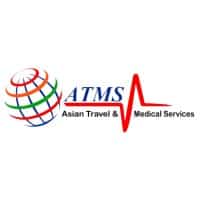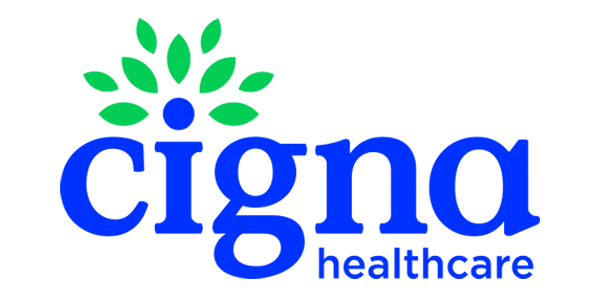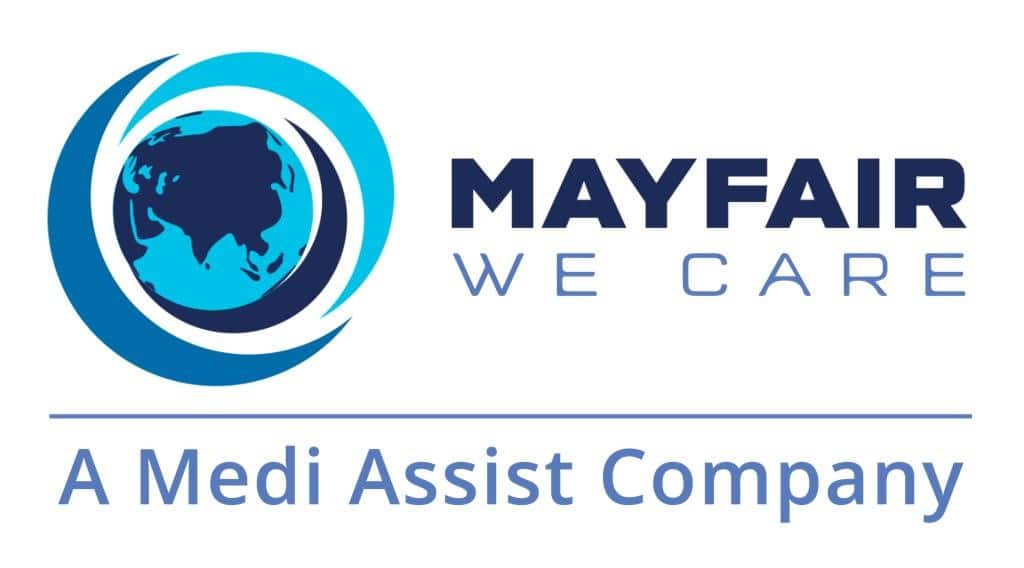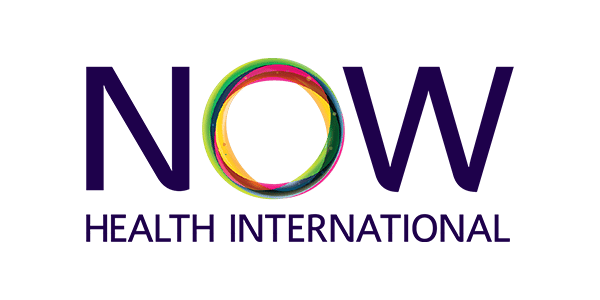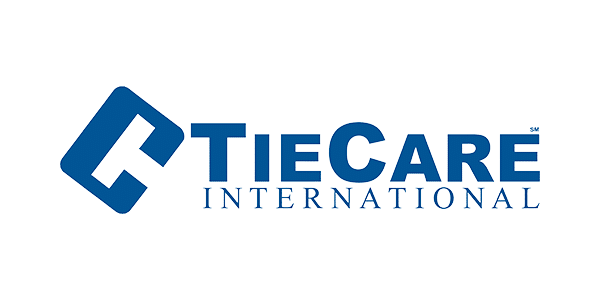
To highlight Breast Cancer Awareness Month we asked Dr Sundus Morgan from IMC Katong to give us the latest data and information on breast cancer.
What is the average age of getting breast cancer?
Almost 95% of new cases of breast cancers occur in women aged 40 years or older with an average age of 62 years at the time of diagnosis. The incidence rate increases with age. In the USA there are 1.5 cases per 100,000 in women 20-24 years of age compared to 421 cases per 100,000 in women 75-79 years of age. Since the mid-1990s, incidence rates, among women under age 50 have increased 0.2% per year.
How common is breast cancer?
Worldwide breast cancer is the most common cancer diagnosed in women and is the second leading cause of cancer death in women (after lung cancer). Male breast cancer accounts for 1% of total cases. In the UK about 1 in every 11 women will develop breast cancer at some time in her life. In the USA this figure is 1 in every 8 women.
What are the risk factors?
1) Family history
Having a 1st-degree relative (mother, sister, daughter) with breast cancer doubles or triples the risk of developing the cancer. Having two or more 1st-degree relatives with breast cancer, increases the risk to 5- 6 times higher. However, breast cancer in more distant relatives increases risk only slightly.
2) Breast cancer gene:
Mutations in two genes, BRCA1 and BRCA2, are associated with a higher risk of developing breast cancer, but only 5% of breast cancer is attributable to these mutations. If relatives of such a woman also carry the gene, they have a 50 to 85% lifetime risk of developing breast cancer. These genes are more common among Ashkenazi Jews.
3) Gynaecologic history:
Women with early menarche, late menopause, or women who have never borne a child or had their first pregnancy after age 30 are at higher risk.
4) Use of oral contraceptives:
Oral contraceptive use increases the risk of breast cancer very slightly (by about 5 more cases per 100,000 women). Risk is highest during the years of contraceptive use and reduces during the 10 years after stopping. The risk is highest in women who began to use contraceptives before age 20.
5) Hormonal Replacement Therapy (HRT):
Use of HRT with oestrogen alone is associated with little or no increased risk of breast cancer. However, HRT treatment with oestrogen and progesterone appears to increase risk modestly. The risk increases with the duration of HRT use and decreases once HRT is stopped.
6) Radiation therapy:
Exposure to radiation therapy (to the chest area) before age 30 increases risk.
7) Diet and lifestyle:
A Western diet, obesity and alcohol may contribute to development or growth of breast cancers, but conclusive evidence about the effect of a particular diet (eg, one high in fats) is lacking.
What are the survival rates of breast cancer?
Survival rates depend on the stage of the breast cancer. Staging takes into account tumour size, whether there is lymph node involvement and any metastasis (spread to other parts of the body). Patients with early stage breast cancer (Stage 0 or I) have a 5-year survival rate almost close to 100%. In contrast those with very late stage breast cancer (Stage IV) have a 5-year survival of about 22%.
What are the various methods of treating breast cancer?
Once breast cancer is confirmed, additional tests are undertaken to evaluate the type and stage of breast cancer diagnosed. This information allows clinicians to determine the best treatment plan, which will usually involve surgery and radiation therapy with or without adjuvant chemotherapy, hormonal and targeted therapy, taking into account patient preference.
Surgery may involve a full breast removal with a mastectomy and reconstruction or breast-conserving surgery with a lumpectomy or wide local excision or quadrantectomy. With any of these surgeries lymph nodes are usually removed.
Radiation therapy after mastectomy significantly reduces incidence of local recurrence on the chest wall and in regional lymph nodes and may improve overall survival in patients. Occasionally radiation therapy may be recommended before surgery to shrink the tumour size.
Chemotherapy, hormonal and targeted therapy will be recommended depending on the type of breast cancer, whether there is lymph node involvement and the age of the patient. Some patients may be offered chemotherapy before surgery to shrink the tumour size. Hormonal therapy may be given for an extended period after diagnosis.
What are the top 5 preventative actions to take to reduce the risk of breast cancer?
1) Screening
National screening programmes are offered in many countries and have been shown to reduce mortality rate. Screening programmes vary from country to country but usually begin from the age of 47-50 years on an annual basis until the age of 50 years, reducing to two yearly thereafter in some countries. There is no worldwide consensus for breast screening for younger women, but as the incidence of breast cancer is rising in younger women, many are choosing to start annual screening from the age of 40 years.
Screening involves a mammography. In younger women, as breast tissue is more dense, an additional ultrasound or MRI may be added to improve detection rates.
2) Genetic Counseling
If you have a 1st-degree relative with breast cancer or ovarian cancer, then counseling at a genetic cancer clinic may be advised to evaluate your risk and discuss the advantages and limitations of genetic testing.
Genetic cancer clinics can advice on the relative risk of developing breast cancer and can test for the gene mutations. If a woman is found to have BRCA1 or BRCA2 mutations, she will be advised to have close surveillance or preventive measures, such as taking hormonal therapy or undergoing double mastectomy. Women with BRCA1 mutations also have a 20 to 40% lifetime risk of developing ovarian cancer. This risk is less among women with BRCA2 mutations.
3) Clinical Breast Examination (CBE)
An annual CBE by a health practitioner for women aged 35 years and above should be performed. This augments rather than replaces screening mammography. It can identify suspicious changes and allow for earlier investigation. CBE can detect between 7-10% of cancers that cannot be seen in a screening mammography and so should be part of any annual well woman check or healthscreen.
4) Breast Self-Examination (BSE)
Learning to examine your own breasts allows women to identify suspicious changes and seek medical attention early. Women can learn BSE from their health practitioner and should do this on a monthly basis. Changes can include lumps, skin changes, nipple changes such as redness, scaling, inversion or nipple discharge other than breast milk. It’s important to remind women not to forego clinical breast examination or mammography even if BSE is normal.
5) Lifestyle changes and diet
Limiting alcohol consumption, eating a well balanced diet, not smoking and maintaining a normal weight can minimise the risk of developing breast cancer.
In summary
Early detection of breast cancer can save lives and improve survival rates. It is therefore important to raise awareness about breast cancer so that women can start with monthly breast self-examination and take part in a screening programme. Preventative care should be emphasised focusing on lifestyle changes to help reduce the risk of breast cancer.
Please arrange your breast check up appointment today.
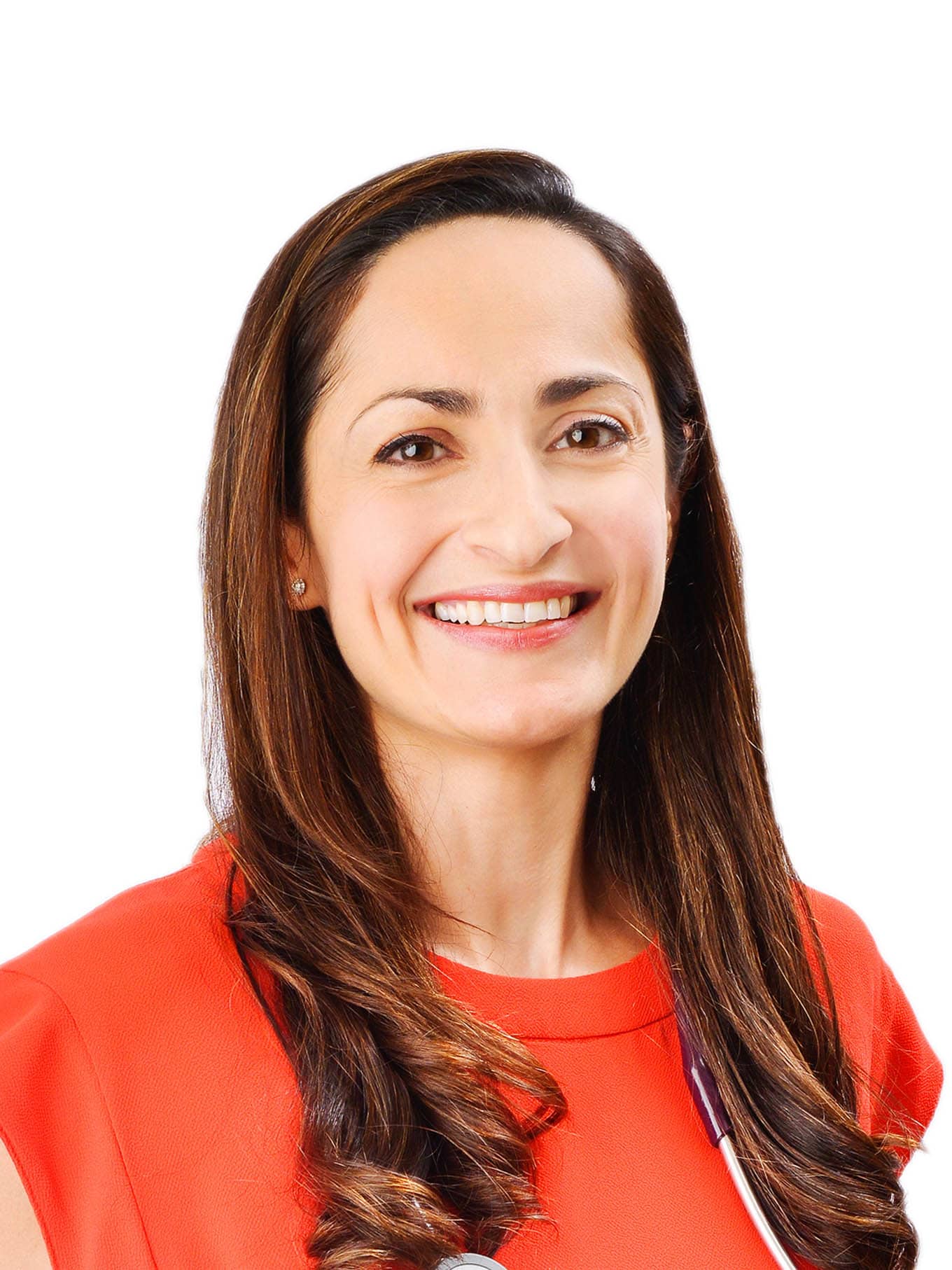
Call 6733 4440 to make an appointment





